calsfoundation@cals.org
Centerton (Benton County)
| Latitude and Longitude: | 32º21’35″N 094º17’07″W |
| Elevation: | 1,253 feet |
| Area: | 13.58 square miles (2020 Census) |
| Population: | 17,792 (2020 Census) |
| Incorporation Date: | September 16, 1914 |
Historical Population as per the U.S. Census:
|
1810 |
1820 |
1830 |
1840 |
1850 |
1860 |
1870 |
1880 |
1890 |
1900 |
|
– |
– |
– |
– |
– |
– |
– |
– |
– |
– |
|
1910 |
1920 |
1930 |
1940 |
1950 |
1960 |
1970 |
1980 |
1990 |
2000 |
|
– |
212 |
206 |
219 |
200 |
177 |
312 |
425 |
491 |
2,146 |
|
2010 |
2020 |
|
|
|
|
|
|
|
|
|
9,515 |
17,792 |
|
|
|
|
|
|
|
|
The city of Centerton, named for its location at the center of Benton County, was first established as a railroad stop and as a processing center for Benton County’s apple industry. The city declined in size by the middle of the twentieth century due to earlier troubles in the apple and railroad industries, but the rapid growth of Benton County brought about by the poultry industry and by Walmart Inc. has made Centerton a successful city in the twenty-first century.
Louisiana Purchase through Early Statehood
Northwest Arkansas was claimed as hunting territory by the Osage, who lived in Missouri, at the time of the Louisiana Purchase. Local historians believe that the Osage regularly visited the McKissick Spring, an early landmark of what is now Centerton. After Indian Removal, the land was acquired by Diacleson Jackson, who received a land grant on March 10, 1843, but may not have ever lived in Benton County. Jackson sold the acreage containing the spring to James McKissick, for whom the spring then was named. McKissick had moved to Fayetteville (Washington County) in 1835. From 1846 until his death in 1848, McKissick served as commissioner to the Cherokee, Chickasaw, Choctaw, Creek (Muscogee), and Seminole tribes who were relocated to what is now Oklahoma.
A Methodist church and a log schoolhouse were built near the spring before the Civil War. Both took the name Center Point because of their location in Benton County. The nearest post office was in Seba, several miles north of the spring.
Civil War through the Gilded Age
Two divisions of Union troops camped at McKissick Spring on March 5, 1862, on their way to the battlefield at Pea Ridge (Benton County). Following the Civil War, the apple orchards that had been planted earlier in the century became established, and growers began exporting their products to a larger area. Distribution of apples was made easier when the Arkansas-Oklahoma Railroad Company created a line from Rogers (Benton County) to Grove, Oklahoma, with a stop at what is now McKissick Spring. The line was completed in 1898, and the city was laid out on January 8, 1900, by surveyor Stephen T. Fair. When the community sought incorporation, citizens learned that the name Center Point was already being used by a city in Howard County, so the name was changed to Centerton.
Early Twentieth Century
Even before the city was incorporated in 1914, it was growing rapidly. A branch of the Bank of Bentonville was established in 1905, and, by 1907, the city had four apple evaporators, a vinegar plant, and several apple storage sheds, as well as two general stores, a blacksmith, a drugstore, a lumberyard, and two doctors. The city rapidly added a cooperage shop producing white oak barrels for storing and shipping apples, two hotels, and a Masonic lodge. The log schoolhouse was replaced with a wood-frame school in 1911; about five years later, that building burned to the ground, but a brick schoolhouse was in place by 1917.
Centerton acquired the nickname “Apple Capital of the World” when its produce won prizes at the World’s Fair in Paris, France, in 1900. Four years later, at the World’s Fair in St. Louis, Missouri, the Coffelt apple (named for the Centerton farmer who had developed the hybrid) won top honors. The Appleby factory in Centerton also built a cannery for tomatoes grown in the central part of Benton County.
Apple diseases led to a decline in the local crop even before the Depression caused a downturn for the city. The Bank of Bentonville branch closed in 1932, and the railroad ceased operating through the city. In 1936, Centerton was surviving as a small village, according to local historian J. Dickson Black. Local farmers sought to diversify during the Depression, branching out into dairy and poultry. Drilling for natural gas began during the 1930s, and electric service and telephone service were established for Centerton. Private wells were supplemented or replaced by water purchased through the city of Bentonville (Benton County), especially after Beaver Lake was completed in the 1960s. A fish hatchery was built by the Arkansas Game and Fish Commission; originally named Centerton Fish Hatchery, its name was changed in 1997 to the C. B. “Charlie” Craig State Fish Hatchery.
World War II through the Faubus Era
The economy gradually improved in the Centerton area during and after World War II. The success of the poultry industry in northwest Arkansas, along with the establishment of what is now Walmart Inc. in Bentonville in 1950, brought new jobs into the region. A volunteer fire company was established in Centerton in 1960. To raise funds, the fire department began an annual festival, Centerton Day, which continues to be held the last Saturday of July each year. The Centerton school district was consolidated with Bentonville schools in 1962.
Bemco Incorporated Aircraft Equipment moved to Centerton in 1959. Parts manufactured in this facility were used in Mercury space capsules in the 1960s.
Modern Era
A new city hall was built for Centerton in 1979. The previous year, the Bank of Bentonville reopened its Centerton branch, which had closed during the Depression. On June 7, 1988, the bank was robbed of more than $3,000 by a man carrying a sawed-off shotgun. Jesse Campbell was arrested for the crime the same day, along with his wife Martha and accomplice Jack Beebe. All three were later convicted.
By 1991, most of the business district had moved from downtown Centerton to state Highway 102. Buell’s Greenhouses in Centerton raise poinsettias, geraniums, impatiens, and other plants, many of which are sold through Walmart Inc. Churches in Centerton include Methodist, Baptist, Pentecostal Holiness, Trinity Mission, and the New Life Christian Center. Centerton Gamble Elementary School (part of the Bentonville school system) had 725 students in 2010. Between 1990 and 2010, Centerton’s population grew dramatically, from 491 to 9,515.
In 2007, the Benton County Daily Record revealed that Mayor Ken Williams was previously a preacher from New York named Don LaRose, who faked his disappearance, relocated to Indiana under another name, and then disappeared again, claiming that he was being hunted by Satanists, before appearing in Arkansas under the name Ken Williams, having stolen the identity of a dead teenager. Williams soon resigned and was charged with felony-level forgery.
For additional information:
Adkison, Michael. “The Passion of Ken Williams: The Double Life of a Mayor, the Newspaper that Brought Him Down, and the Story of Journalism in America.” MA thesis, University of Arkansas, 2021.
Benton County Heritage Committee. History of Benton County, Arkansas. Rogers, AR: Benton County Heritage Committee, 1991.
Black, J. Dickson. History of Benton County. Little Rock: International Graphics Institute, 1975.
City of Centerton, Arkansas. http://www.centertonar.us/ (accessed April 15, 2022).
Steven Teske
CALS Encyclopedia of Arkansas
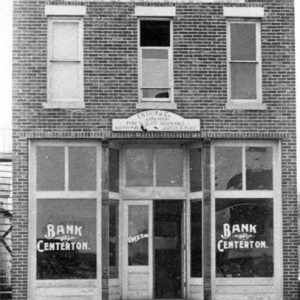
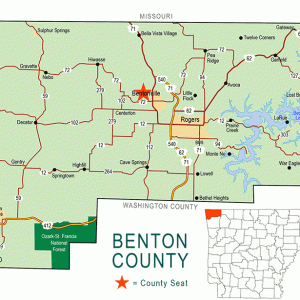
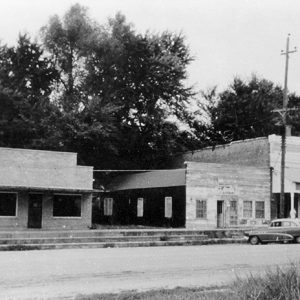
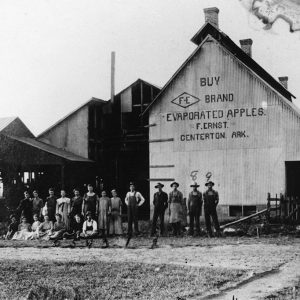
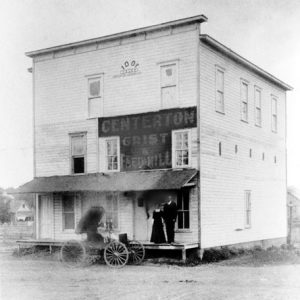
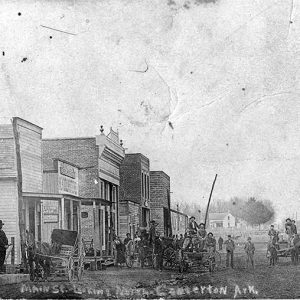




I have worked for Bemco Inc. for forty-three years. Bemco started in 1955 in Wichita, Kansas, then moved to Bentonville in 1957. It was there for two years before it moved to Centerton in 1959.